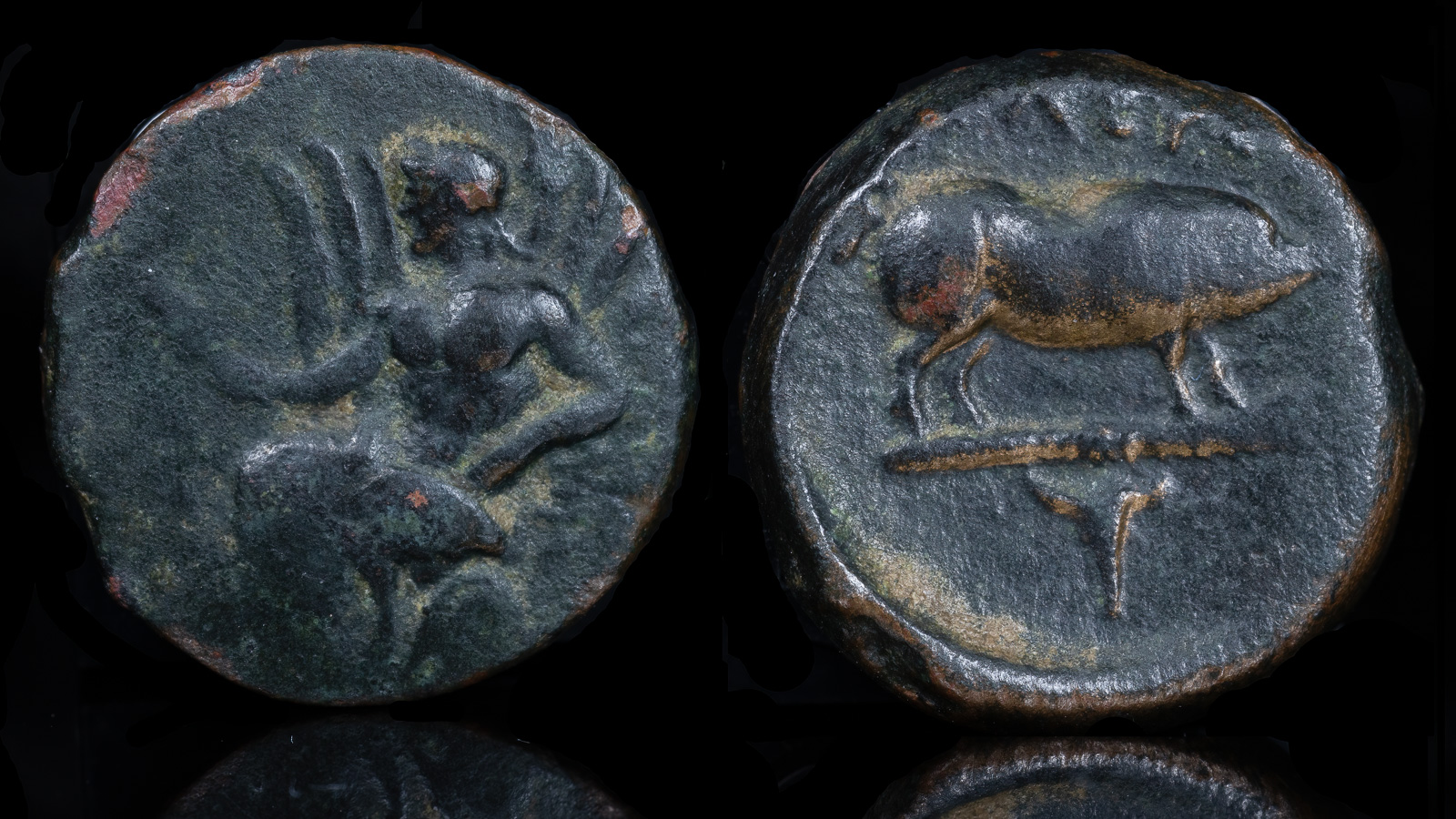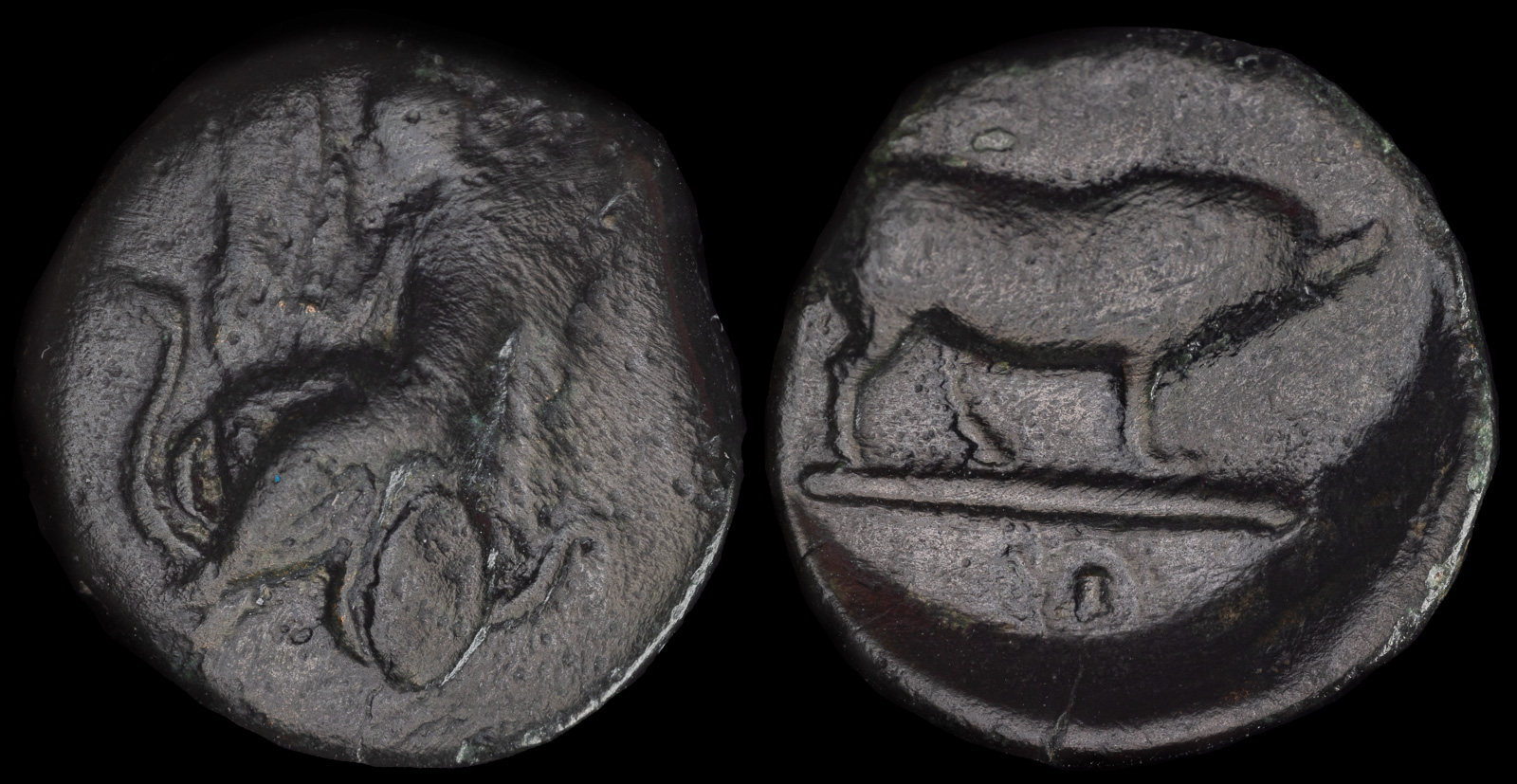Pig
View All Tags
One of the key moments in the Eleusinian Mysteries involved the sacrifice of a pig, often a piglet, which was performed as part of the purification rituals. The sacrifice was conducted by initiates before they underwent the rites of the Mysteries. The pig was seen as a symbol of fertility and renewal, associated with the earth goddess Demeter and her daughter Persephone, both of whom were tied to the agricultural cycles of planting and harvest. The pig’s sacrificial role was linked to the idea of expiation and purification, as the animal was thought to represent earthly elements that needed to be purified before the initiates could progress to the deeper, more sacred aspects of the mysteries.
The pig’s involvement also had agricultural significance. In ancient Greek culture, pigs were often seen as symbols of fertility, associated with the fertile ground that Demeter, as the goddess of agriculture, governed. They were also part of the agricultural cycle, as they were used to till the soil and fertilize it, contributing to the renewal of the land each year. Therefore, the sacrifice of the pig was a ritualistic gesture that connected the themes of death and rebirth with the agricultural processes that were crucial for sustaining the community.
Furthermore, in some versions of the initiation rites, it was believed that the pig was sacrificed as a symbol of death, which was followed by the rebirth of the initiates. This mirrored the myth of Persephone, who descended into the underworld and was later reborn each year, symbolizing the seasonal cycle of death and renewal.

Attica, Eleusinian festival
350-300 BCE
15.97mm 3.37g
Obverse: Triptolemos in winged car drawn by serpents left
Reverse: Eleusi, pig standing right on mystic staff, bucranium below
SNG Copenhagen 315
Ex Glenn Woods

Eleusis, Attica
ca. 340 – 335 BCE
17mm 3.1g
Obv: Triptolemos holding grain ear leated left in winged chariot being driven by two serpents
Rev: (ELEYSI); Pig standing right on mystic staff, astragal below
Kroll 38 o-p